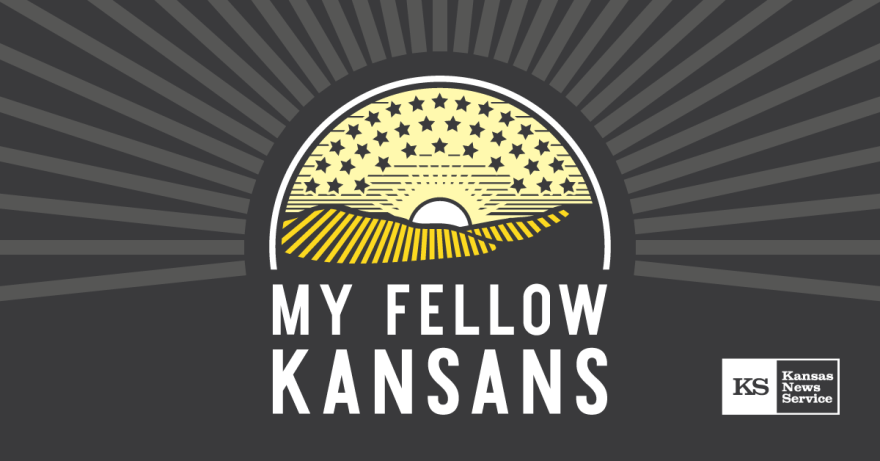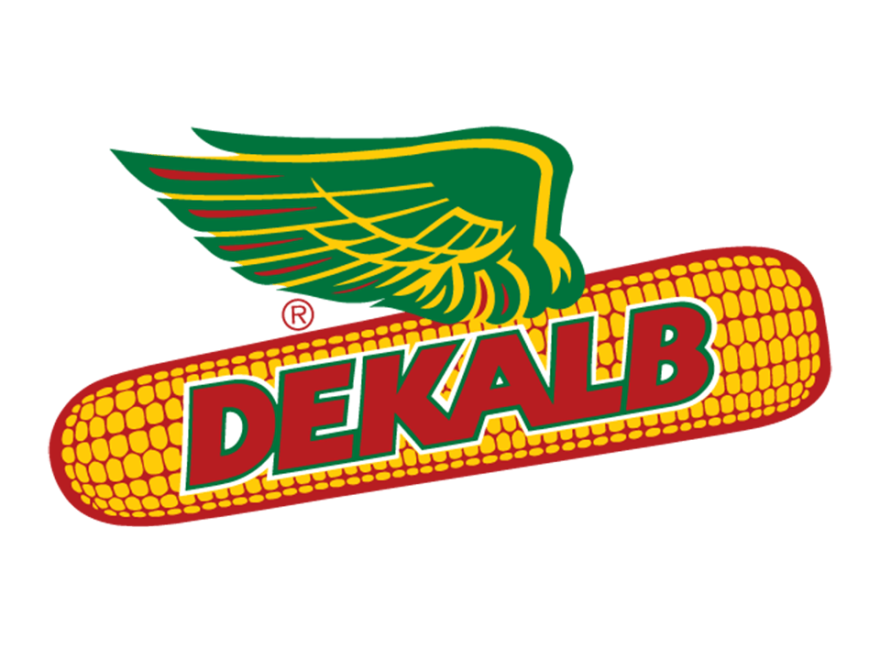Who’s in 1st in the 3rd?
The New York Times’ “live” poll of Kansas 3rd Congressional District shows incumbent Republican Kevin Yoder possibly trailing Democrat and lawyer Sharice Davids by eight points. The sample is relatively small -- fewer than 500 respondents.
In some ways, it’s still relatively early in the race. Coverage of Davids so far has mostly been biographical: a one-time mixed martial arts fighter, former White House fellow, lesbian, member of the Ho-Chunk Nation, law degree from Cornell and Army vet. Less news coverage has been devoted to her policy leanings, which tilt left (more background checks for concealed carry permits, tougher environmental laws, expand Medicaid, child care tax credits). The exception has been over comments she’s made about U.S. Immigration and Customs Enforcement.
Her comments have shifted, prompting Republican critics to contend she supports abolishing ICE and border control. She insists does not support the abolishment of ICE.
Yoder, meantime, has toggled lately on immigration issues. In mid-summer, he endorsed the idea of separating families who crossed the border illegally as an incentive to stop them from coming into the country. More recently, he’s reversed himself on that controversial Trump administration policy.
Even the Times concedes its poll doesn’t have enough responses to confidently put Davids in the lead. (Polls typically need close to 1,000 responses from a range of people who mimic an area’s party split to be reliable.) But Yoder is in a serious race. Hillary Clinton won the district in 2016.
Gunning for the governorship
Not surprising, perhaps, but notable all the same that the National Rifle Association has Kris Kobach’s back in the governor’s race. Yes, the NRA typically endorses Republican candidates. And maybe not much of a surprise that such a vocal supporter of unencumbered Second Amendment rights got the nod from the country’s most powerful gun lobbying group.
But Stephen Koranda noted that the NRA endorsed Gov. Jeff Colyer over Kobach in the GOP primary. Its money — and more critically, its influence over a motivated class of voters — could turn out some people on Election Day.
The nod also comes in a year where the endorsements aren’t lining up in traditional ways. A top official in the Colyer campaign, for instance, endorsed independent Greg Orman rather than sticking with the Republican nominee. A firefighters’ union that typically endorses Democrats went for Kobach. Two high-profile Republican officials from an earlier time — former Kansas Gov. Bill Graves and former U.S. Sen. Nancy Kassebaum — endorsed Democrat Laura Kelly.
Getting the health out of Dodge
Western Kansas has been struggling to attract workers with college degrees, particularly health professionals. The southwest corner of Kansas is the only quadrant of the state where you can’t get a four-year degree.
So now the city councils in the meatpacking triangle are pushing the Board of Regents to plant a campus in Dodge City, reports Celia Llopis-Jepsen. The area hopes to follow the lead of other states and set up a “university center.” This one might end up in the old campus of St Mary’s of the Plains — a place where state universities and private colleges could offer bachelor’s degrees.
This is lunacy
NASA wants to dismiss a federal lawsuit filed by a woman who thinks the space agency — not to be confused with a space force — will take a vial of moon dust she says astronaut Neil Armstrong gave her.
The Associated Press reports that Laura Cicco is asking the court to declare that she owns the lunar dust she received as a 10-year-old girl from Armstrong, a friend of her father’s. NASA typically contends that it owns all lunar rocks and dust brought by man to Earth. It’s had uneven success in court on that, including a mess of cases that came from the various artifacts that have made their way through the Cosmosphere in Hutchinson and the garage of its former chief, Max Ary.
More earthy particles
You’re heard it before. The burning of the prairie helps the land restore itself. Controlled burns by ranchers intend to mimic the revitalizing lightning-triggered fires of nature.
But, um, all that smoke.
Brian Grimmett reports — you’ll hear him on air this afternoon — that researchers at Kansas State University are using drones to better predict smoke patterns from those planned burns in the Flint Hills.
Those researchers say that the current smoke management models used for the Flint Hills rely on data collected from fires in other parts of the U.S. The Kansas prairies might behave differently.
So researchers are launching drones with air quality monitors to get real-time data on fires burning in the Flint Hills. They hope the drones are a quicker, cheaper way to collect information that traditional tools.
They’ve been in the air already this year and may take flight again this week — checking to see what dangers the fires might pose for people’s health. The information might allow ranchers to keep burning and still protect people downwind.
Ms. Demeanor or Fella Knee
Commit a felony, and you likely end up in state prison. Commit a misdemeanor and, maybe, you’ll do some time in county jail.
You’re a state with more people in prison than you have room for. You could spend money building prison cells, or you could look to not lock up so many folks. Maybe you could change that cut-off between misdemeanor and felony.
Celia Llopis-Jepsen reports Kansas Sentencing Commission wants lawmakers to change the rules. She explains more here.
My Fellow Kansans

The next episode of the podcast that puts this year’s governor’s race in context is now out from the Kansas News Service. The latest episode tracks the “Summer of Mercy” anti-abortion protests in Wichita in 1991 to the rise of social conservatives in the state. Give it a download, a subscription and a review.
Bore people with this at your next cocktail party
Angie Haflich at High Plains Public Radio reports that the Kansas corn harvest looks like it’ll match last year’s numbers, despite drought through much of the summer followed by rains at harvest time (not the timing farmers want).
That brings us to this question: Why the does the DeKalb corn logo have wings? Great question. The sort of thing someone clever enough to get to the bottom of the Noonletter would be curious about. Both of you.
The logo took flight during the Depression. DeKalb was a pioneer (not to be confused with one-time competitor in the seed-selling business Pioneer) in hybrid corn. Midwestern farmers in those days made money primarily off of livestock. The grain they grew was mostly to feed their own pigs or cattle.
But they struggled during the Depression to make their bank payments. By growing new hybrid varieties of corn, DeKalb’s marketers suggested, they’d have leftover crops to sell at market. The corn could be a “mortgage lifter.”

In the generations since, GMOs have made old, cross-bred hybrid varieties seem quaint. Monsanto long ago swallowed DeKalb AgResearch. But the flying ear lives on.
Scott Canon is digital editor of the Kansas News Service, a collaboration of KCUR, Kansas Public Radio, KMUW and High Plains Public Radio covering health, education and politics. You can reach him on Twitter @ScottCanon.
Kansas News Service stories and photos may be republished at no cost with proper attribution and a link back to the original post.





